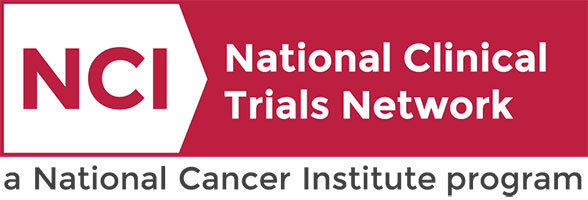Crowe’s research honored
Vanderbilt's James Crowe Jr., MD, was among those to receive 2023 Advocacy Awards from Research!America at the biomedical research advocacy organization's annual awards program in Washington, D.C.
Vanderbilt-led team receives 2023 Endeavor Award from The Mark Foundation for Cancer Research
A multidisciplinary team of investigators has received a 2023 Endeavor Award from The Mark Foundation for Cancer Research to support four closely linked projects exploring the fundamental mechanisms that drive the obesity-cancer connection, taking advantage of a rich collection of matched tumor and adipose tissue samples from patients.
James Crowe’s antibody research lands American Society for Microbiology Award
James Crowe’s antibody research lands American Society for Microbiology Award
Vanderbilt University Medical Center's James Crowe Jr., MD, has been named to receive the 2024 American Society for Microbiology Award for Applied and Biotechnological Research.
Unexpected Consequences of Rac1 Protein
Research provides insight into how these key proteins support kidney ducts' cellular integrity.
New leaders named to Vanderbilt-Ingram research programs
Seven new leaders have been appointed to guide Vanderbilt-Ingram Cancer Center's research programs.
Innovative Therapy Boosts Survival in Myelodysplastic Syndrome
Researchers find that ASTX727, a new oral combination therapy, can prolong survival in TP53-mutated MDS.
VUMC researcher selected for Global Scholars Program
Vanderbilt researcher P. Brent Ferrell, MD, is leading one of five projects selected by the 2022 Novartis Institutes for BioMedical Research Global Scholars Program.
Vanderbilt-Ingram devises CAR T treatment protocol without hospital stay
Oluwole’s patients often call him “Dr. O,” and he is one of the nation’s top CAR T experts. He is an author of a study published in The New England Journal of Medicine in 2017 that showed CAR T is an effective treatment for refractory large B-cell lymphoma.


